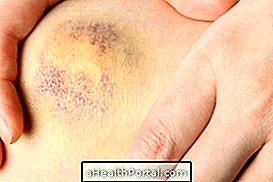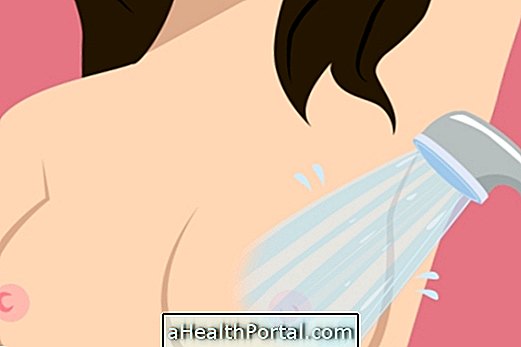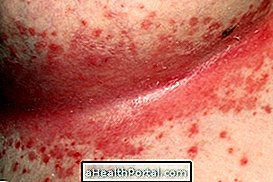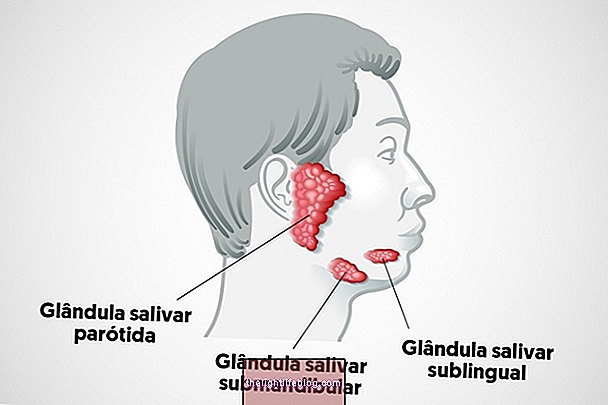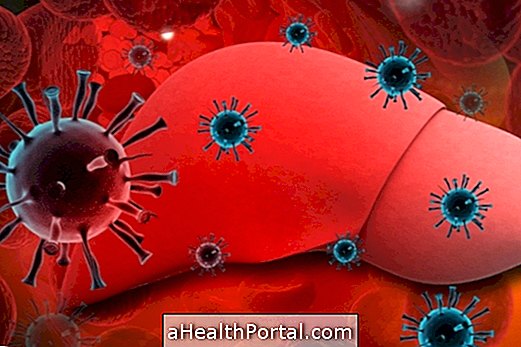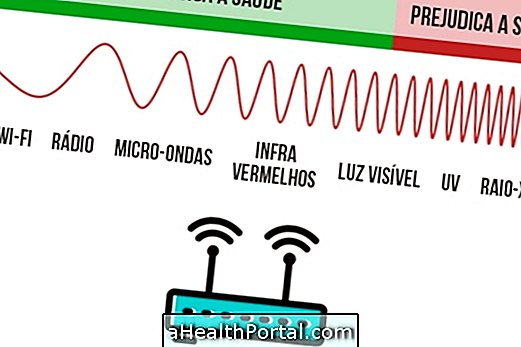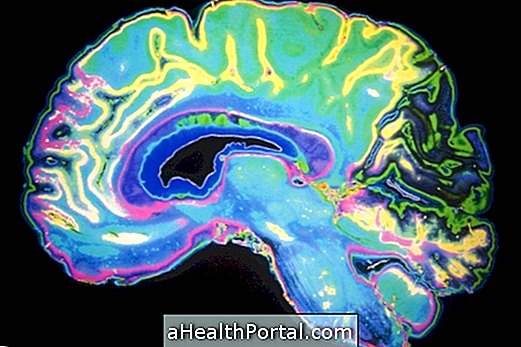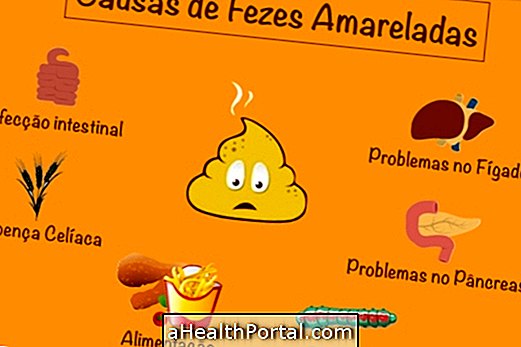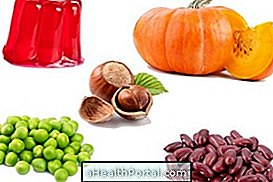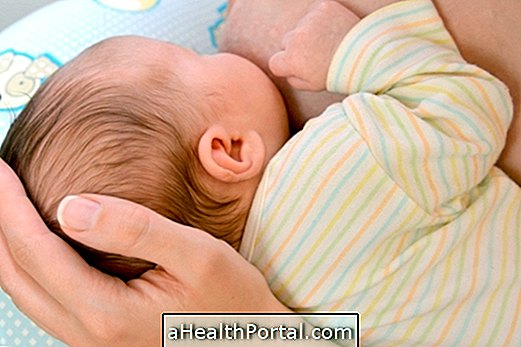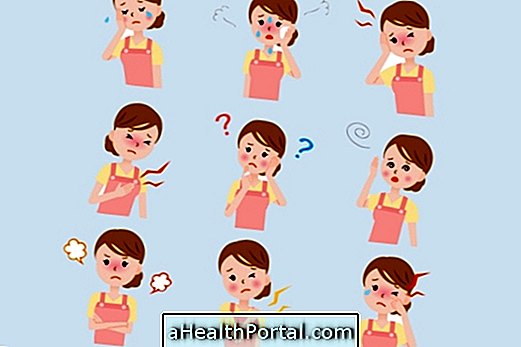Green stools are usually not worrisome, being usually related to food, especially excessive consumption of green foods such as spinach and broccoli, for example, or foods with green dyes.
However, green stools may be indicative of other conditions, such as irritable bowel syndrome and intestinal infections, and should be investigated and treated according to a medical recommendation. Here's what stool color can tell you about health.
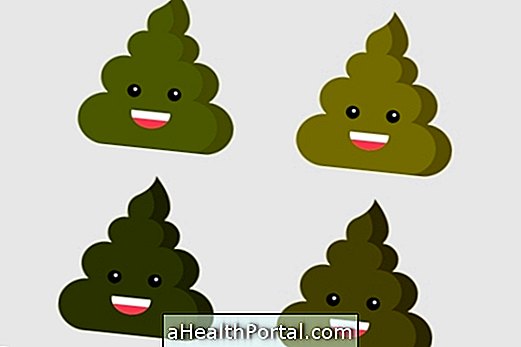
Main causes
The formation of green stools can have several causes, mainly resulting from changes in the bile processing, which makes the stool not have the characteristic brown coloration. The main causes of green stools are:
Irritable Bowel Syndrome
Irritable bowel syndrome is a condition characterized by inflammation of the intestinal villi which, in addition to abdominal pain, excessive gas production and swelling, may form green stools.
What to do: The treatment for irritable bowel syndrome is mainly done with changing habits, and it is recommended to follow a proper diet according to a nutritionist's orientation, in addition to activities that can reduce stress and thus avoid worsens or the progression of symptoms. Learn how treatment for irritable bowel syndrome is done.
2. Intestinal infection
Intestinal infections, either by bacteria, such as Salmonella sp ., Or parasites such as Giardia lamblia, can lead to the formation of green feces. This is because it is common for intestinal infections to become faster in the intestinal tract, decreasing the exposure time of bile to intestinal bacteria and digestive enzymes, which leads to green diarrhea. Know other causes of green diarrhea.
What to do: In case of intestinal infection, the doctor may recommend the use of medicines according to the micro-organism causing the infection, in addition to resting and drinking lots of water.
3. Medications
Some medications, especially antibiotics, can interfere with the amount of bacteria present in the intestinal tract, which interferes with bile processing. Bile is a greenish pigment that when undergoing the action of intestinal bacteria and digestive enzymes acquires brown coloration, which confers the normal coloration of the feces.
In the case of consumption of some antibiotics, for example, the amount of bacteria present in the intestine can be altered, which causes bile to continue to be greenish and give rise to green stools. In addition to antibiotics, other medicines, especially iron-containing medicines, may interfere with bile processing and lead to green stools.
What to do: After stopping the medication, it is important to note if the stools continue to have a greenish color. If you continue, it is important to see your doctor for the use of probiotics, for example. Know what probiotic is and what it is for.

4. Green food consumption
Consumption of green foods, such as spinach, broccoli or lettuce, for example, or foods containing green dye, can lead to the emergence of green stools. The green color in the stool due to diet can occur in both adults and children. Meet some green foods.
What to do: If green stools are related to the consumption of green food, the best way to make the stools go back to their normal color is to stop eating those foods for at least a little while. The coloration returns to normal as well as the body eliminates these foods, and is therefore not very worrisome.
5. Meconium
The meconium corresponds to the baby's first stool, being formed even during gestation. Meconium has thick, viscous and greenish consistency, as the baby's intestinal microbiota is not yet fully developed, lacking the essential bacteria needed to act on the bile and thus make the stool darker. See other causes of green stools in the baby.
It is normal for the baby to release these faeces within the first 24 hours after birth, with progressive change in color and consistency of faeces over the course of days due to maturation of the intestinal tract. Learn more about meconium and what it means.
What to do: Meconium is normal in all babies, however, if there is no release of these green stools or if there is no change in stool color and consistency over the course of days, it is important to take the baby to the pediatrician so that the cause can be investigated and thus the treatment can be defined.
When to go to the doctor
It is advisable to go to the doctor when other symptoms such as diarrhea, nausea, presence of blood in the stools, headache and dizziness appear, for example, so that tests can be performed to define the cause of the symptoms presented.
Watch the following video and learn how to properly collect stool to take the exam:

Also, it is important to go to the doctor when green stools last more than 3 days or do not go away after the end of the use of a particular drug, for example.
